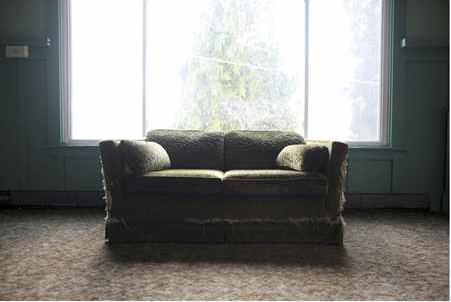 Jenny Heishman, 2gether 4ever
Jenny Heishman, 2gether 4ever
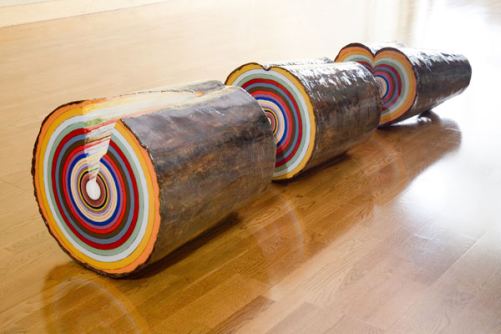
Regina Hackett takes her Art to Go
Art extends from order to chaos and generates waste as it transforms it.
Hans Haacke’s News on November 5th, 2008, when Art of Participation opened at SFMOMA
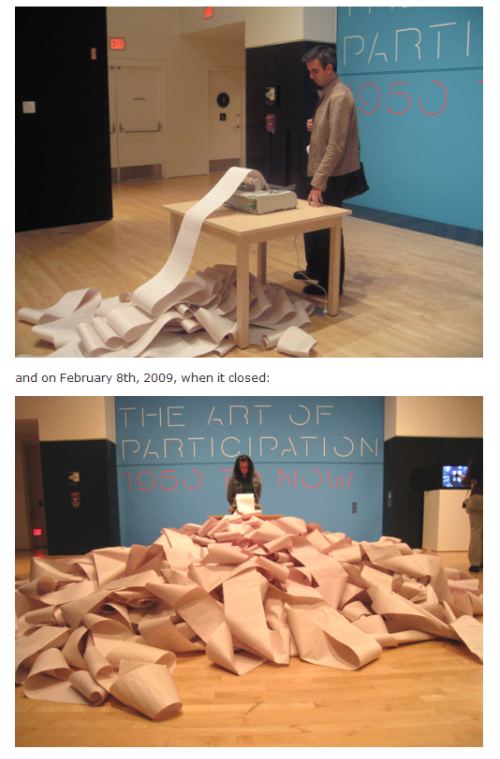 Christian Marclay, Tape Fall, 1989
Christian Marclay, Tape Fall, 1989
 Claude Zervas, Cumulus, 2002
Claude Zervas, Cumulus, 2002
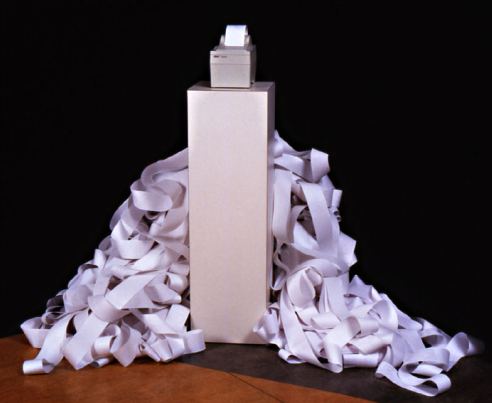
The stanchion signifies the secular sacred. It is a barrier beyond which the common cannot pass. Thanks to Hans Haacke, it also refers to whoever is in charge of subverting the common good. SuttonBeresCuller pumped it up to drag it down. Theirs is bronzed and ludicrously heavy. What it guards droops on the wall behind it, an empty frame sagging like a leaky parade float.
To bronze an object is to cherish it, a baby’s shoe, a fishing lure, a first blanket. What SuttonBeresCuller cherish is the absurdity of elitism, the attempt to sever ties that bind and assert the ones the separate: this Leonardo, not the one on its right; this arthritic old king, not that blooming young peasant.
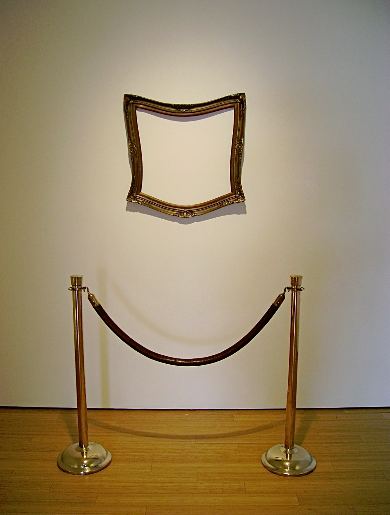 Part of their exhibit at Lawrimore Project, through Dec. 19. My review here.
Part of their exhibit at Lawrimore Project, through Dec. 19. My review here.
Tavi is too young to drive or attend high school, never mind belly up to a bar for a drink. If she were served, the bar would be history. What she is not too young to do is to write about the art side of fashion and make her observations matter.
She has voice, rhythm, confidence and depth, all present and accounted for on her blog, Style Rookie, which she started when she was 12.
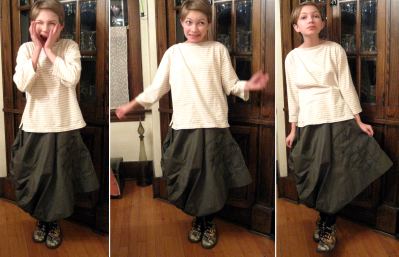 Here’s her description of herself:
Here’s her description of herself:
Tiny 13 year old dork that sits inside all day wearing awkward jackets and pretty hats. Scatters black petals on Rei Kawakubo’s doorsteps and serenades her in rap. I have no where near 4 million readers. Rather cynical and cute as a drained rat. In a sewer. Farting. And spitting out guts.
She aced her interview last year on Teen Vogue.
Danny Lyon was 20 when he shot some of the most iconic images of the Civil Rights Movement.
No white skin, no service: Tottle House… Occupied During Sit-in, 1963
Silver Gelatin Print
11″ x 14″
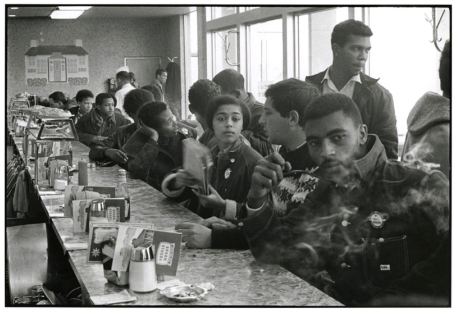 It’s all there: casual clarity fused with formal rigor.
It’s all there: casual clarity fused with formal rigor.
Like Larry Clark, who blurred the line between observer and participant
and wanted to confront middle-class viewers with the American
underclass, Mr. Lyon has made a peripatetic attempt to photograph
people who are generally unseen or unwanted, even hated, and he has
never been able to approach it with a journalist’s distance.
At the James Harris Gallery are 17 of Lyon’s vintage highlights, 1962 to 1972.
Rt. 12, Wisconsin, 1963
Silver Gelatin Print
11″ x 14″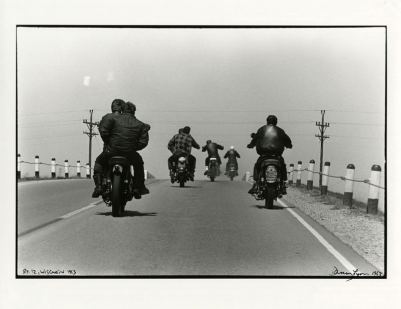 The Line, Ferguson Unit, 1967/8
The Line, Ferguson Unit, 1967/8
Silver Gelatin Print
11″ x 14″
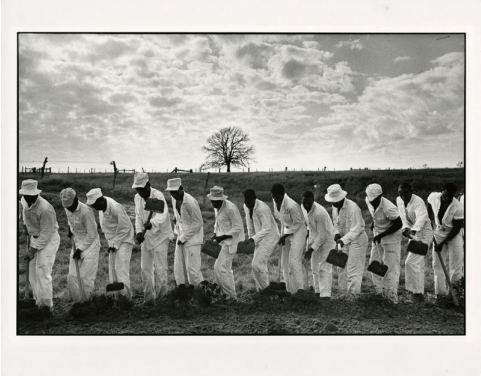 Through Dec. 19.
Through Dec. 19.
Karen Rosenberg at the NYT noted that Portland painter Dan Attoe pioneered a new form at Art Basel Miami Beach: Self-loathing neon art.
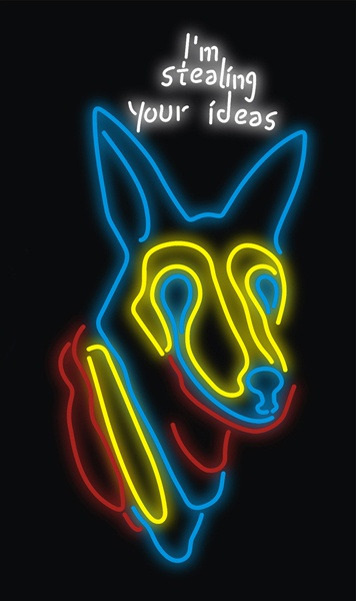
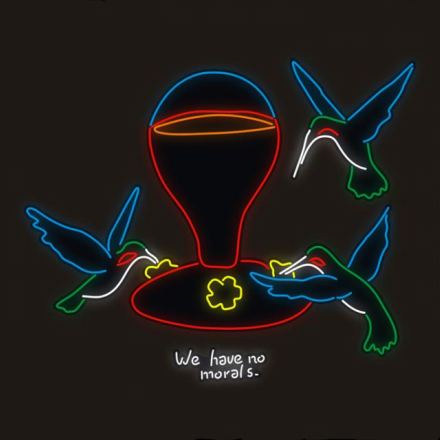
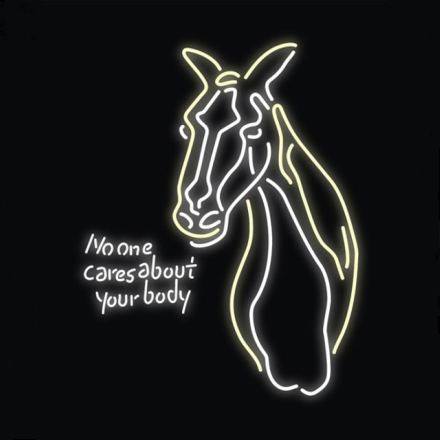 Not online is the text of the piece Rosenfeld cited: We’re all here because we were too afraid to deal with problems in our real lives.
Not online is the text of the piece Rosenfeld cited: We’re all here because we were too afraid to deal with problems in our real lives.
In Tokyo the rush hour is silent. People pour from buildings to cross streets, coming
and going in comparatively quiet surges. If a salary man heading home from a late night of drinking stumbles and falls in the street, he is not likely to break into song.
The desire to keep oneself to oneself has practical roots. In the 17th century, for instance, pioneers of the merchant class learned to avoid angering the samurai with overt displays of wealth. Even the most successful shop owners wore coarse cotton jackets in dark colors. Inside, however, the jackets were lined in richly colored silks embroidered with peonies, cranes and craggy pines.
Following in a long line of Zen priests and Neo-Dada figures such as Ushio Shinohara, Meiro Koizumi is extraordinarily good at cracking an emotionally impassive surface. Once the surface is cracked, he’s the equivalent of a crime scene reporter at Bruce Nauman’s Clown Torture, not as interested in the wailing as in the reasons for it.
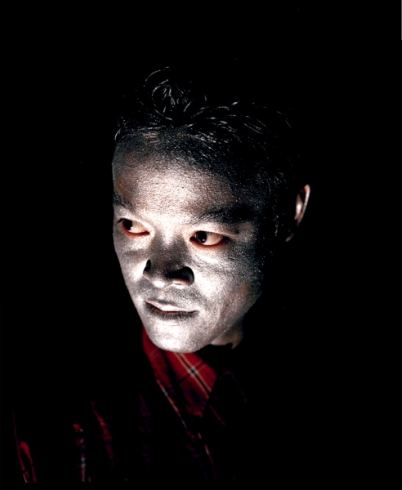 Thanks to curator Yoko Ott, there are two opportunities for depth viewing of Koizumi’s production: My Voice Would Reach You, A Survey of his First Ten Years, 2000-2009 at Seattle University’s Hedreen Gallery, and The Corner of Sweet and Bitter at Open Satellite.
Thanks to curator Yoko Ott, there are two opportunities for depth viewing of Koizumi’s production: My Voice Would Reach You, A Survey of his First Ten Years, 2000-2009 at Seattle University’s Hedreen Gallery, and The Corner of Sweet and Bitter at Open Satellite.
Two from Hedreen:
Mum features a young man on the phone listening to his mother. From his responses, we know it’s a series of button-down mom exchanges.The sun is shining; Dad’s working hard; she wonders if her son ate the vegetables she sent him. He mumbles through his end of the conversation but tells her he has something to say. After the conventional set up, the impact of his visceral performance is profound. It’s the deep end of the emotional ocean.
For Human Opera XXX, Koizumi placed at ad in a Northern European newspaper, asking for volunteers willing to be filmed as they tell a sad life story. The piece is an engagement between subject, artist and camera. As the volunteer speaks, Koizumi insists he continue his tale with props to provide appropriate resonance. From love affair to daughter to drinking problem to sobriety to utter loss, the man reluctantly allows Koizumi to enfold him in props that peel the skin off his story.
 The Bellevue Problem: Plenty of people in Seattle go to the Hedreen Gallery or are at least theoretically willing to go to the Hedreen Gallery and hope they remember before this show closes. Only a fraction of those see the need to go to Open Satellite, because it’s in Bellevue. Besides, if ten years of the artist’s work is in Seattle, why cross Lake Washington to see a single piece from far, far away?
The Bellevue Problem: Plenty of people in Seattle go to the Hedreen Gallery or are at least theoretically willing to go to the Hedreen Gallery and hope they remember before this show closes. Only a fraction of those see the need to go to Open Satellite, because it’s in Bellevue. Besides, if ten years of the artist’s work is in Seattle, why cross Lake Washington to see a single piece from far, far away?
Because it’s an installation rooted in Northwest history. Its cities were not built on rock and roll but on the labor of Asian immigrants. Japanese-Americans cleared the ground in Bellevue and Vashon Island for farmlands, uprooting stumps and planting endless rows of strawberries. Although Vashon Island still celebrates its roots with an annual Strawberry Festival, there are no commercially grown strawberries on the island since World War II. On Feb. 19, 1942, with Executive Order 9066, Japanese and Japanese Americans living on the West Coast were arrested and relocated to internment camps.Who was willing to do the back-breaking labor after they left? Apparently, nobody.
To honor them, Koisumi half-built a house and surrounded it with strawberry fields. Inside the house is a video screen. A young Mexican American plays The Star Spangled Banner on a homemade trumpet taped to his mouth. As he plays, the American flag ripples across his face.The text is a stream of admonitions to work hard. With noses to grindstones and shoulders to wheels, efforts are rewarded, right? The cumulative effect of this piece is overwhelming.
(Photos: Malcolm
Smith)
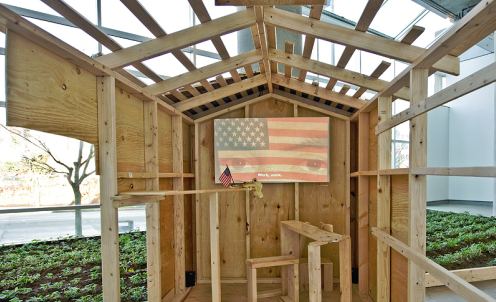
 Both exhibits through Jan. 9.
Both exhibits through Jan. 9.
Might try to avoid smoking in bed. (Via) You can’t set yourself on fire reading a blog.
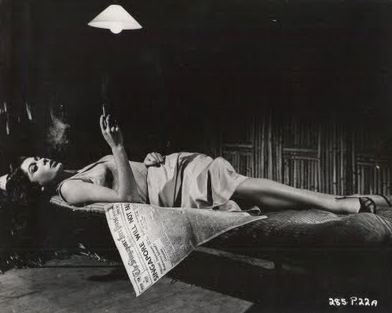
Money tends to leak away.
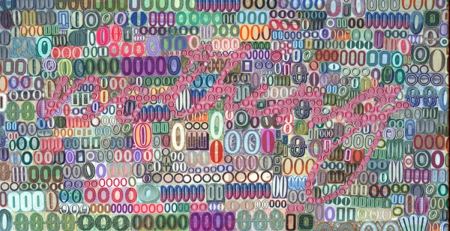 Even when it delivers, artists tend to get the short end.
Even when it delivers, artists tend to get the short end.
SuttonBeresCuller, Distribution of Wealth. From left to right, costs of fabrication, dealer cut and artist cut divided by three, because there are three of them. (Through Dec. 19 at Lawrimore Project)
James Brown brought U.S. culture to African teenagers in the 1960s. They recognized their own beats revamped into a Pan-African modernity. A little more than a decade later, an upper-class Zimbabwean teenager named Charles Mudede fell in love with American hip hop. Its roots in the African tradition of the griot failed to impress his parents, who loathed what struck them as a mechanical sound. Make that a loud mechanical sound.
(Image via)
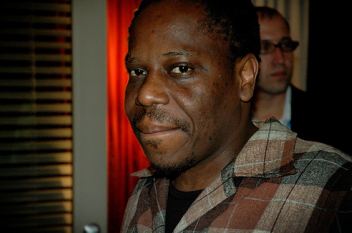 Now a Seattle screenwriter and writer/editor at the Stranger, Mudede will talk about his musical education and its impact on his family in a lecture he’s calling Twilight of the Goodtimes at Western Bridge, Dec. 9. at 7 p.m. The lecture reflects the theme of Western Bridge’s current exhibit, Parenthesis, about mothers and fathers, daughters and sons. (My review here.)
Now a Seattle screenwriter and writer/editor at the Stranger, Mudede will talk about his musical education and its impact on his family in a lecture he’s calling Twilight of the Goodtimes at Western Bridge, Dec. 9. at 7 p.m. The lecture reflects the theme of Western Bridge’s current exhibit, Parenthesis, about mothers and fathers, daughters and sons. (My review here.)
an ArtsJournal blog


